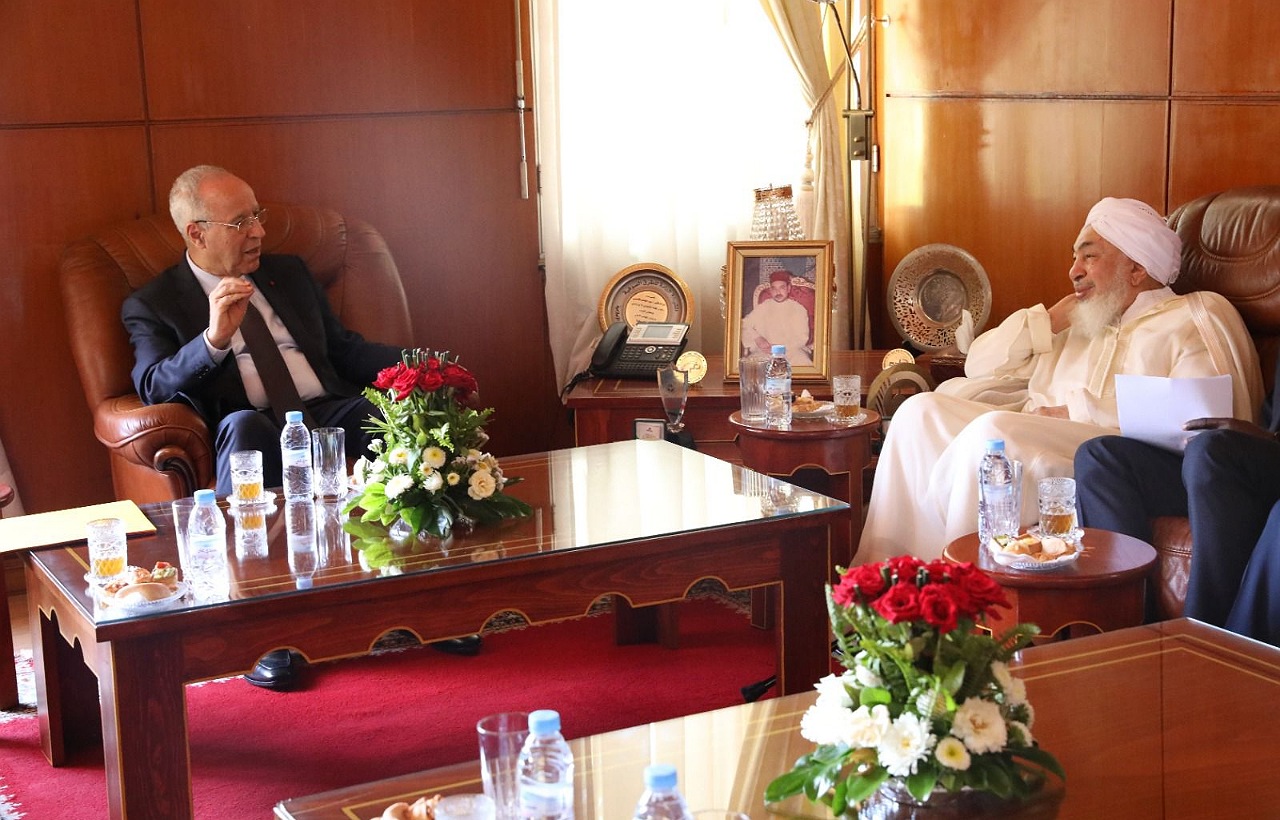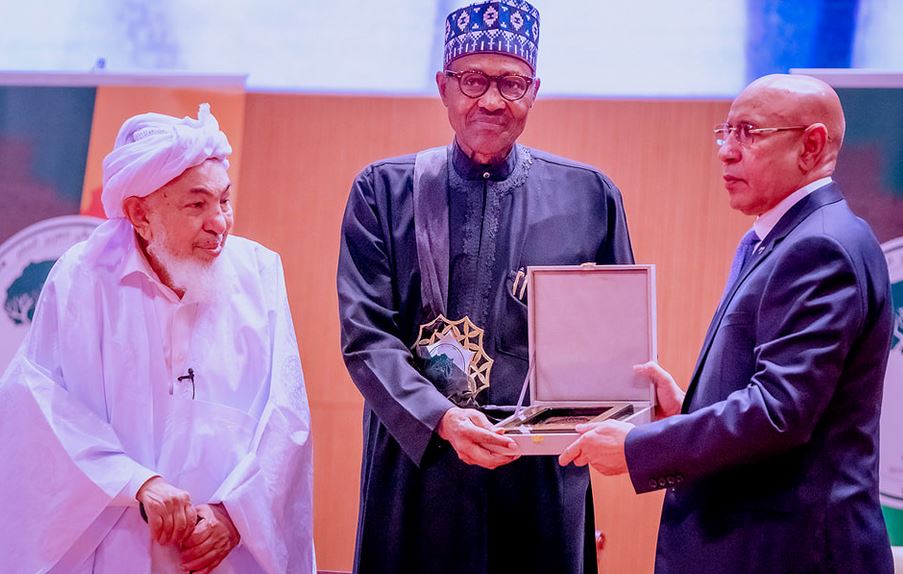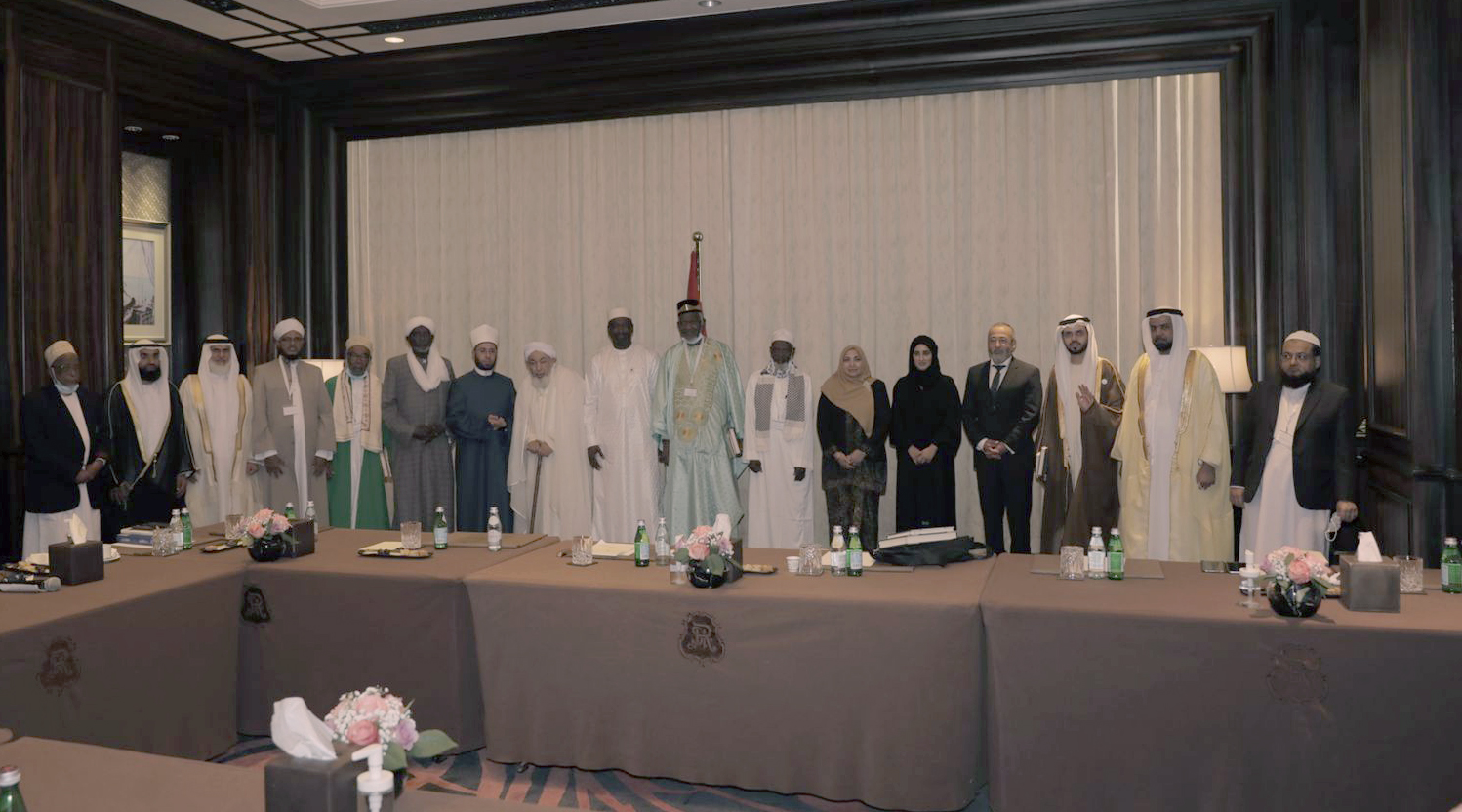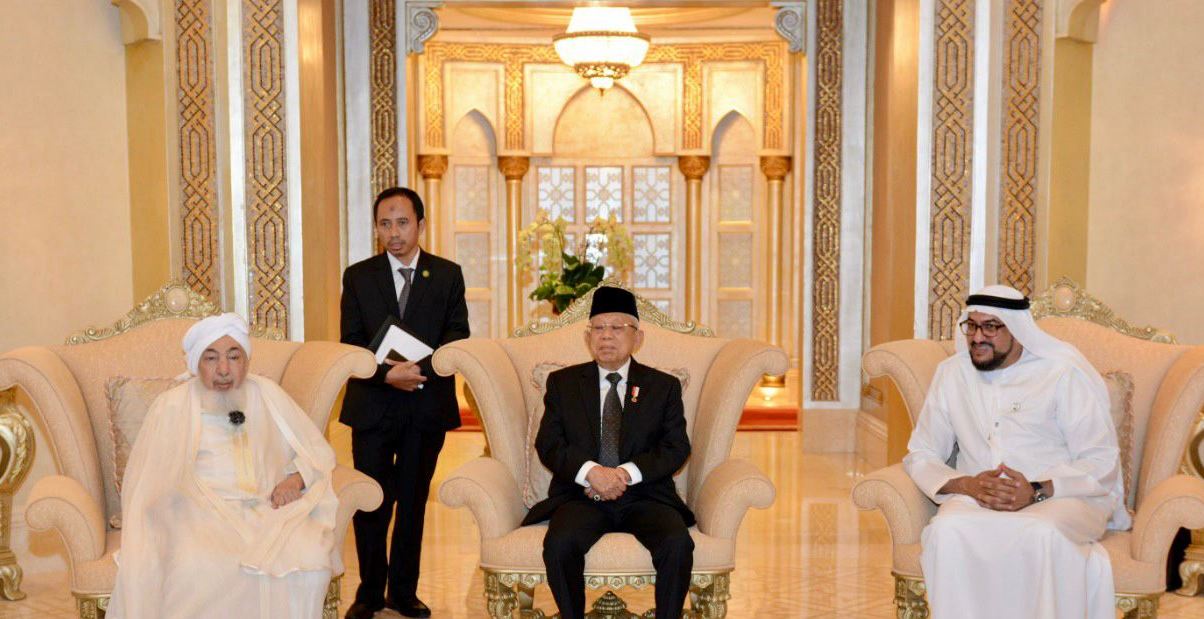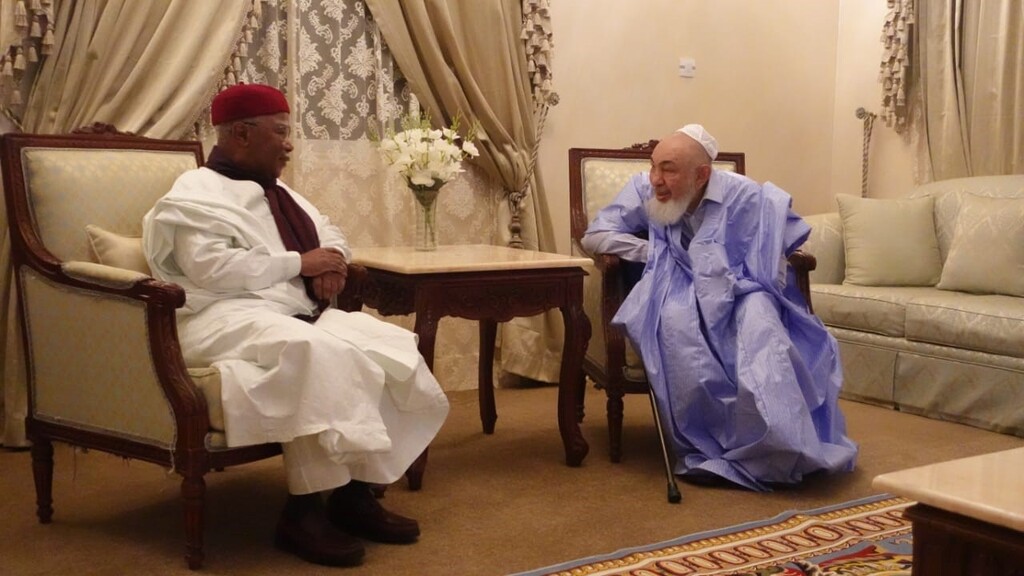Hajj: Lessons & Reflections
Hajj (i.e., pilgrimage) is one of the five pillars of Islam, as stated in the Sahih hadith: “Islam is built on five pillars… and Hajj to the Sacred House of Allah (i.e., the Kaaba) for those who can afford it”.
It is a religious obligation according to the Qur’an and Sunnah. Allah says, {And Hajj to the House (i.e., the Kaaba) is a duty that humankind owes to Allah, only those who can afford its expenses}. The Prophet (peace be upon him) said, “O people, Hajj is prescribed for you, so perform Hajj”.
Hajj is one of the most sublime acts of worship, and it is the legacy of Ibrahim (peace be upon him), Father of the Prophets and the Khalil (i.e., close friend) of Allah. Allah says to Ibrahim,{And proclaim to people Hajj. They will come to you afoot and on every lean camel, coming from every distant pass}.
The nation of Prophet Muhammad has inherited this act as the fifth pillar of its faith. It was prescribed in the fifth year of Hegira, as stated by Ibn Sa’d in his compilation At-Tabaqat (The Classes). He wrote that Dimam Ibn Tha`labah came to the Prophet in the fifth year of Hegira and was taught the obligations of religion, including “performing Hajj to the House if you can afford it”.
Hajj is a basic ceremony and obligation in Islam, and whoever denies its being a religious duty on Muslims, when its conditions are met, shall be deemed out of the fold of Islam, as unanimously held by Muslim scholars.
Allah, Exalted be He, has promised a great reward for those who perform Hajj duly and observe its rituals and instructions. One of the best benefits of Hajj is abolition of the pilgrim’s sins, according to the Prophet’s words: “Whoever performs Hajj to this House and does not have sexual intercourse (with his wife) or commit evil (during Hajj) will come out sinless just like he was when his mother gave birth to him”.
It is not our purpose here to elaborate on the rituals of Hajj or to explain its four pillars without which it shall be rendered invalid: Ihram, stay at Mount Arafa, Ifadah Circumambulation, and going between Safa and Marwa (which is controversial). Nor is it intended to dwell on the rulings pertaining to Hajj; its duties that, when missed, are compensated for with sacrifice; things prohibited, undesirable, desirable, or supererogatory during the state of Ihram
We will limit our discussion exclusively to trying to throw light on some spiritual implications that would draw the attention of whoever contemplates this ceremony.
The season of Hajj is a great and unique Islamic event that has no equivalent in any other nation throughout history. It is like a grand world conference. Actually, Hajj can be considered as one of the main characteristics of this nation and a ceremony in which it stands matchless.
The first and most striking thing in Hajj is the universality that manifests itself in the perfect way, with millions of pilgrims of all nationalities, languages, cultures, and colors associated only by the bond of faith. It is a voluntary globalization that is not imposed by any world power.
Another magnificent aspect is such unity that transcends all nationalistic, sectarian, and political differences, embodying common feelings, common symbols, common rituals, and common holy places. What does this mean? And how what does it have to do with Hajj?
– Feelings: All pilgrims have the same feelings of need for and submission to the Almighty Lord.
– Slogans: All pilgrims wear the same white clothing and utter the same Talbiyah.
– Rituals: All pilgrims perform the same practices in the same manner, including Ihram, staying at Mount Arafa, stay at Mina, pebble-throwing, circumambulation, etc.
– Holy Places: All pilgrims visit the same places, such as Mount Arafa, Muzdalifah, Mina, and Mecca.
The third characteristic of Hajj is equality that removes all distinctions and advantages, leaving no difference between the rich and the poor, a king and a riffraff, a leader and a subordinate. All pilgrims wear a few riyals’ worth of clothes, have the same tents for accommodation at Mina, receive the same provision, and pick up the same pebbles from Muzdalifah to throw them at Mina.
All such aspects strengthen within pilgrims a sense of solidarity, cooperation, and true human brotherhood, filling them with a spirit of faith, modesty, and benevolence. Such a great congregation requires exceptional arrangements to be able to perform the rituals in an atmosphere of serenity, peace of mind, and spiritual and physical wellbeing.
In this respect, we highly appreciate the great responsibility undertaken by the King and government of Saudi Arabia, as Hajj is an act of worship that can be exercised only under a lawful and respected authority. It is an occasion where people from all over the world gather, some of whom seek to perform worship, and some others seek to commit evils. There will always be good people and bad people, and without such regulating authority, good people will fall victim to bad people and the ceremony of Hajj will lose its essence. There cannot be peace of mind amid fear or devotion amid insecurity. The Prophet (peace be upon him) urged for peacefulness and security. In a long hadith describing Prophetic Hajj, Jabir said that the Prophet gestured the people to get quiet and at ease (Reported by Muslim).
Therefore, security of pilgrims is hugely important. And we are bound to commend the efforts made by Saudi government to secure comfortable and smooth settings for pilgrims, which has been a tradition of Saudi Arabia ever since the time of King Abdul-Aziz, as documented by historians. In his Ar-Rihlah Al-Hijaziyyah (Journey to Hejaz), Shakib Arslan wrote, “Security prevailed in the time of Ibn Saud to an extent that no one would look forward to more but would rather hope that this blessing will last”. This is the first norm in Saudi Arabia’s policy in service of the Two Sacred Mosques: security.
The second norm is the infrastructural development that has exceeded all expectations. The latest Mecca Sacred Mosque expansion project, executed under the auspices of the Guardian of the Two Sacred Mosques, was the largest of its kind. The expanded sanctuary is now around 328,000 sq m in area, to ensure more capacity for the growing numbers of pilgrims. Also, the Prophet’s Mosque in Medina has been redoubled several times in area and equipped with modern electronic facilities.
The list of achievements continues to include the fireproof tent project, which utilizes the most state-of-the-art technologies to serve pilgrims, as well as a cluster of hotels around the Two Sacred Mosques and everywhere in Mecca and Medina.
These are just examples of the great work done in Saudi Arabia, and we ask Allah to grant that country permanent prosperity and abundant blessings, to guide its leaders to good, and to reward them with the best.
